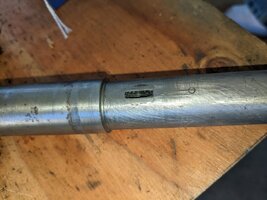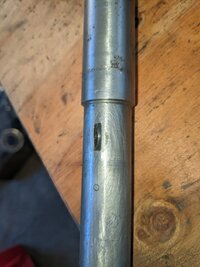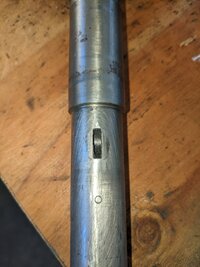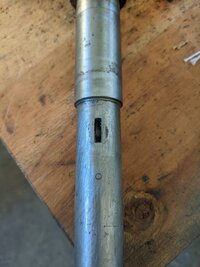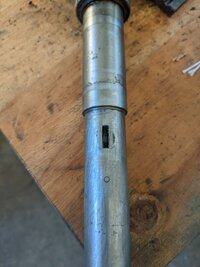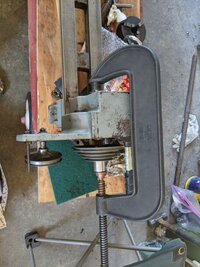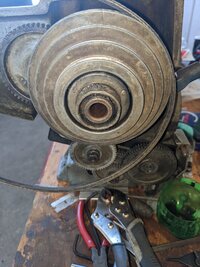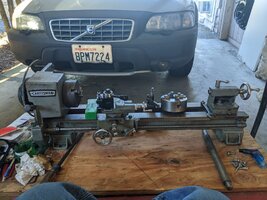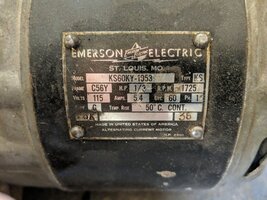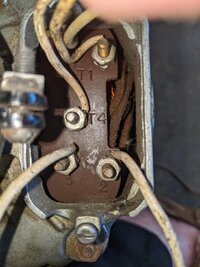Okay , buckle up , short sharp rant.
So in no particular order I have
purchased and shipped a lathe 1/3 of the way across the country
I have struggled with the deterioration due to years of neglect.
I have exorcised the wanton destruction of flying monkeys with hammers.
I sourced obsolete and discontinued parts from the likes of mymachineshop.net and littlemachineshop.com
Someone left the side door open at practical machinist and was able to post WTB .
An ebay seller I've known for years says "does this look familiar?" and I had new half nuts.
Clausing. If you ever speak with Brian or Tom about old inventory thank them for being there.
Help has arrived in the form of anonymous packages containing everything from HSS to bearings, to random pieces of stock. I'll just say Thank You and quit wondering who you are

I have limited tools
I'm starting over, at 65. with an eons old 6" metal lathe.
And all this one facebook keyboard warrior can say is
"I was taught to never place anything on the ways"
Then proceeds to school me on care and feeding of machinery in general, lathes specifically and my lathe in particular.
The reply went like this.
It's not your lathe. It's my lathe.
If it were your lathe you could happily restore it to museum quality non functional beauty.
I intend to use the hell out of this lathe once it's functional and quite possibly never pretty.
If your intent is to demean, denigrate, deride and "mansplain" care and feeding of a lathe to a retired millwright then have at it , somewhere else, to someone else, some other time.
The technical division of the mad Irish army made the next week of internet connectivity exceedingly difficult for this mutt. I have some very interesting family and friends.
Look , I have never, ever, demeaned or derided anyone's work. If I can't stand to look at it I just don't.
I can see potential beauty where someone else sees scrap.
I possibly didn't respond well to criticism in this case.
I didn't enjoy being taken to school by a 30 something keyboard warrior.
But he's right.
Good shop practices are good shop practices, then, now, and always.
If he had stopped there without a near copy and paste from NavPubDoc, MM & MR 3-2 intro to machine practices I wouldn't be typing this wall of text.
In conclusion, don't leave ANYTHING on the ways or gawd almighty will kill a kitten.
And the next time you're confronted by some invasive species of keyboard warrior, let it go. Your time is far better spent working on or with your machines.
:EOR


